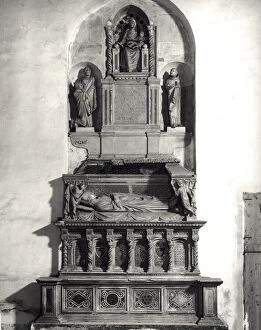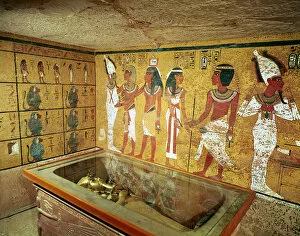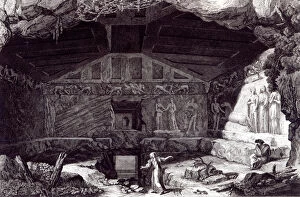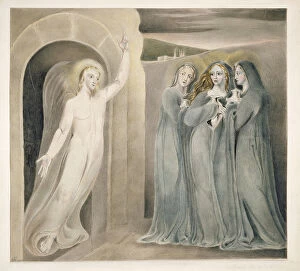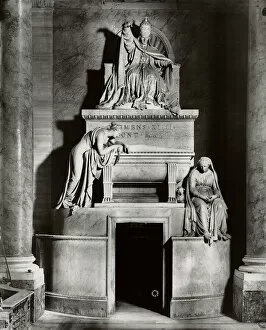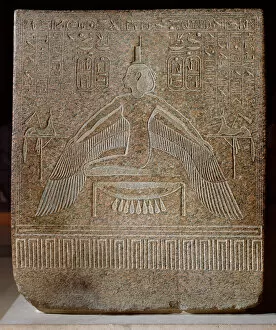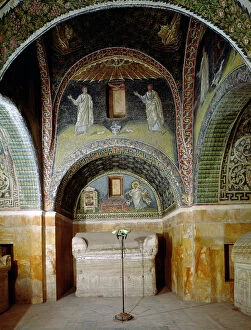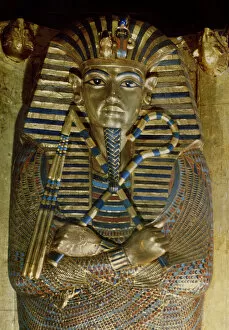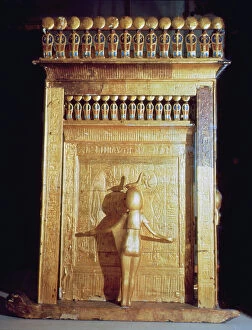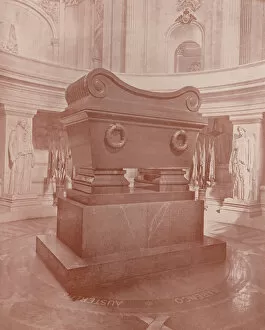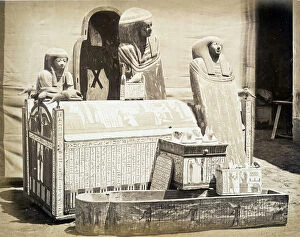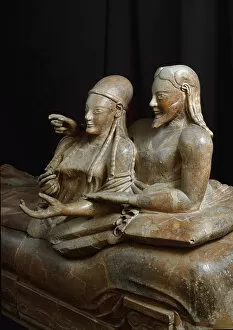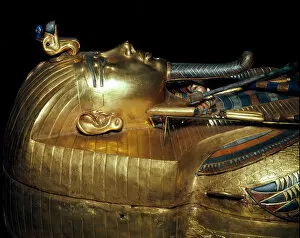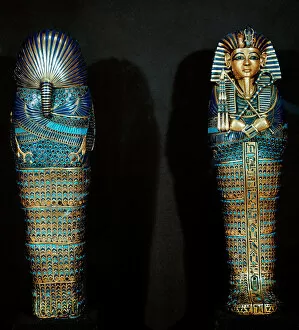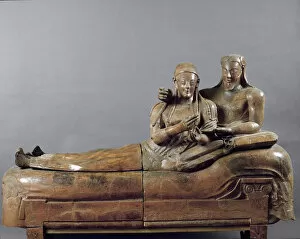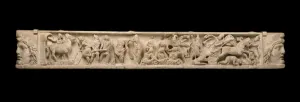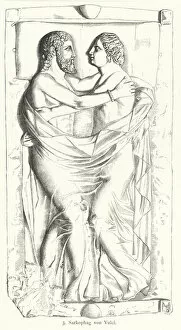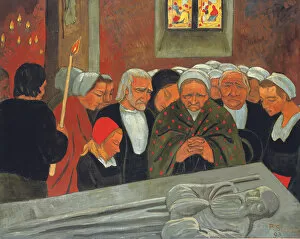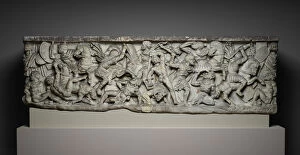Sarcophagus Collection (page 17)
"Sarcophagus: A Window into Ancient Civilizations and Mysteries" Step into the world of ancient civilizations with the Palenque Xtraterrestrial sarcophagus
All Professionally Made to Order for Quick Shipping
"Sarcophagus: A Window into Ancient Civilizations and Mysteries" Step into the world of ancient civilizations with the Palenque Xtraterrestrial sarcophagus, an enigmatic artifact that sparks curiosity about extraterrestrial connections. Journey back to the 14th century BC in Egypt's Tomb of Tutankhamun, where a majestic sarcophagus guarded the remains of this young pharaoh. The intricate carvings on the Tutankhamun Sarcophagus tell tales of power and divinity. Travel further in time to Cerveteri around 520 BC, where a married couple found eternal rest within their beautifully adorned sarcophagus. This masterpiece reflects love and devotion even after death. Witness history unfold as Napoleon I pays homage at Frederick the Great's tomb in 1806, captured forever by an unknown artist. Discover Queen Nefertari playing Senet in her tomb alongside Pharaoh Ramesses II - a testament to her status and influence during ancient Egypt's golden age. At Sir John Soanes Museum, marvel at a bust overlooking a magnificent sarcophagus, showcasing artistry from centuries past. Tel Mevorah presents us with a marble sarcophagus depicting an epic battle between Amazons - warriors who challenged societal norms throughout history. In Tebessa's Roman Temple of Minerva lies another remarkable example; its intricate design offers insight into astrology and zodiac symbolism cherished by our ancestors. Delve deeper into history at Lord Nelson's crypt or tomb, where his legacy is preserved for generations to come. Finally, explore Etruscan civilization through Tarquinia's Amazon Sarcophagus - every painted detail revealing stories of powerful women defying conventions. Sarcophagi serve as gateways to understanding ancient cultures' beliefs, traditions, and aspirations beyond their earthly existence. These captivating artifacts continue to captivate our imagination while reminding us that even in death, humanity's desire for immortality and remembrance endures.

